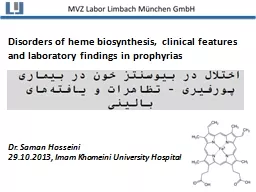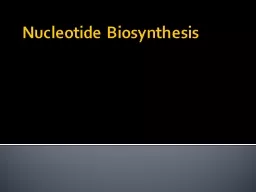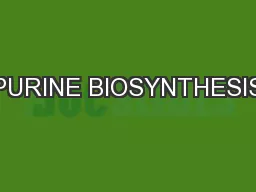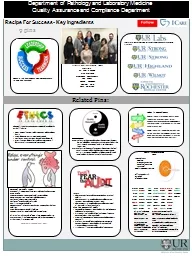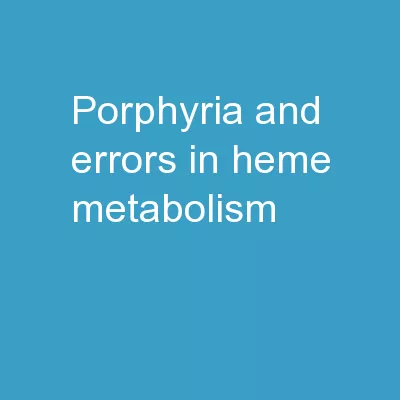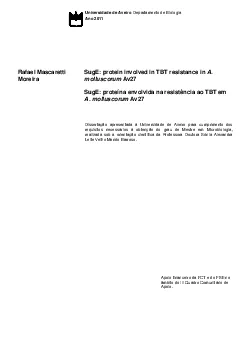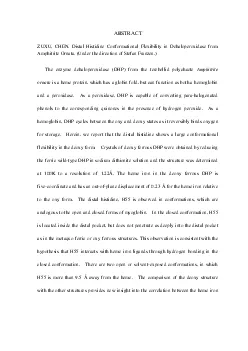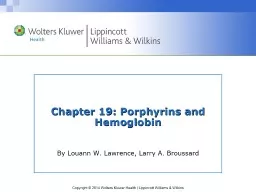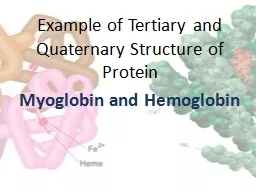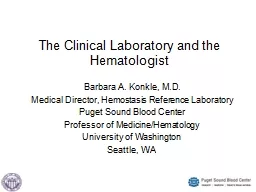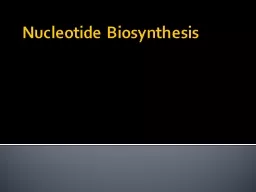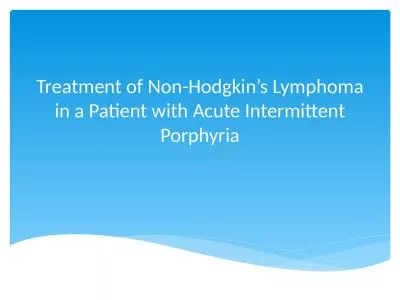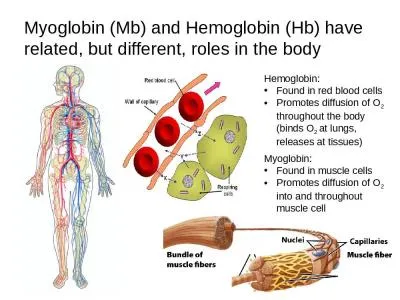PPT-Disorders of heme biosynthesis, clinical features and laboratory findings in p
Author : dailyno | Published Date : 2020-06-23
rophyrias Dr Saman Hosseini 29102013 Imam Khomeini University Hospital Clinical aspects of the acute attack illustrated by two different cases Case 1 The unknown
Presentation Embed Code
Download Presentation
Download Presentation The PPT/PDF document "Disorders of heme biosynthesis, clinical..." is the property of its rightful owner. Permission is granted to download and print the materials on this website for personal, non-commercial use only, and to display it on your personal computer provided you do not modify the materials and that you retain all copyright notices contained in the materials. By downloading content from our website, you accept the terms of this agreement.
Disorders of heme biosynthesis, clinical features and laboratory findings in p: Transcript
Download Rules Of Document
"Disorders of heme biosynthesis, clinical features and laboratory findings in p"The content belongs to its owner. You may download and print it for personal use, without modification, and keep all copyright notices. By downloading, you agree to these terms.
Related Documents

